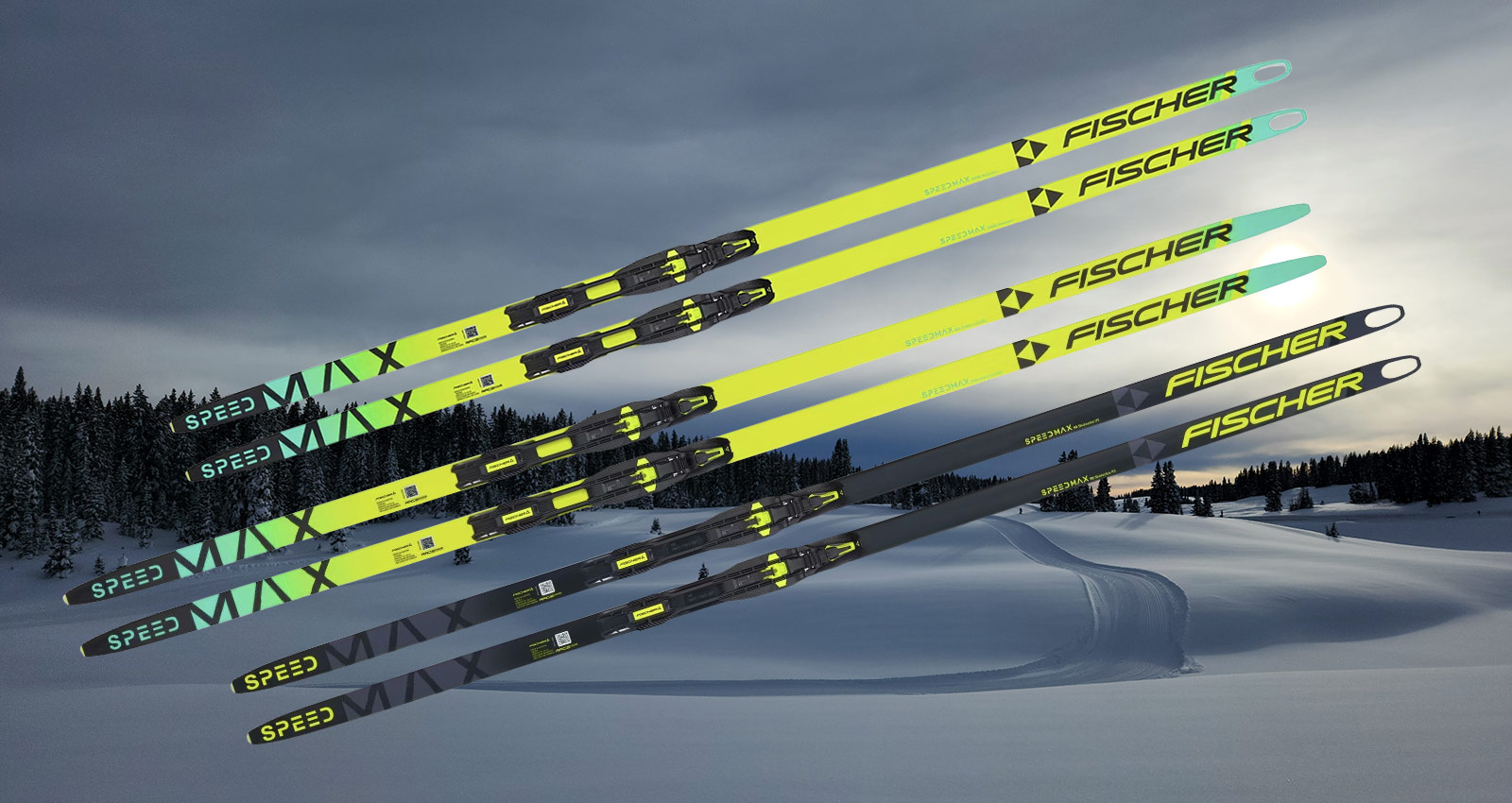Choosing the Right Fischer Cross Country Skis for High-Country Snow
Regions covered: Rockies, Wasatch, Interior B.C., and similar high-country areas
September 4, 2025
By Marcin (Martin) Wiesiolek, Head Coach, Colorado Mesa University Cross Country Ski Team • mwiesiolek@coloradomesa.edu
Who this is for: high-school and college skiers (incl. USCSA), masters racers, coaches, and self-coached athletes in cold-dry high-country regions that transition to wetter spring conditions.
What you’ll get: plain-language explanations of Fischer molds and bases for Skate and Classic skis, quick-pick recommendations for cold-dry midwinter versus warm/wet shoulder seasons (and man-made snow), plus specific notes for sit skiers.
Understanding the Fischer “Model Tiers”
- Speedmax 100: Top tier, lightest with Bidirectional Air Core (Skate) or Air Core HM Carbon (Classic). Adds Gliding Sidewall. Weight: ~950–1030 g.
- Speedmax 90: Mid-tier, Air Core HM Carbon (Skate) with Gliding Sidewall. Slightly heavier (~1030 g).
- Speedmax 80: Budget-friendly, Air Core Carbon core, no Gliding Sidewall. Heaviest (~1090 g).
All Speedmax skis use Cold Base Bonding — Fischer’s heat-free production method to keep bases faster and improve wax absorption.
Flex Options and Buying Tips
- Skate: 100HE (Medium/Stiff, 610 & 61K); 90 & 80 (Medium, Stiff, Xtra Stiff, 115).
- Classic: 902, 702, 812 (Soft, Medium, Stiff).
- Zero: Medium only.
Rule of thumb: ~50–55% body weight for hard wax skis, ~60–65% for klister skis, ~55% for universal hard wax/klister skis.
Where Else This Applies
Colorado and Wyoming aren’t alone in cold, dry winters and wet shoulder seasons. Similar ski selection logic applies in:
- Montana’s high country (Bozeman, Big Sky, West Yellowstone)
- Utah’s Wasatch (Soldier Hollow, Park City)
- High-altitude Idaho (Sun Valley, McCall)
- Interior British Columbia (Canmore, Silver Star, Revelstoke)
Different climates: Pacific Northwest, New England, Great Lakes, coastal Alaska → Plus (28) is universal; Cold (31) reserved for very cold/dry days.
Skate Skis
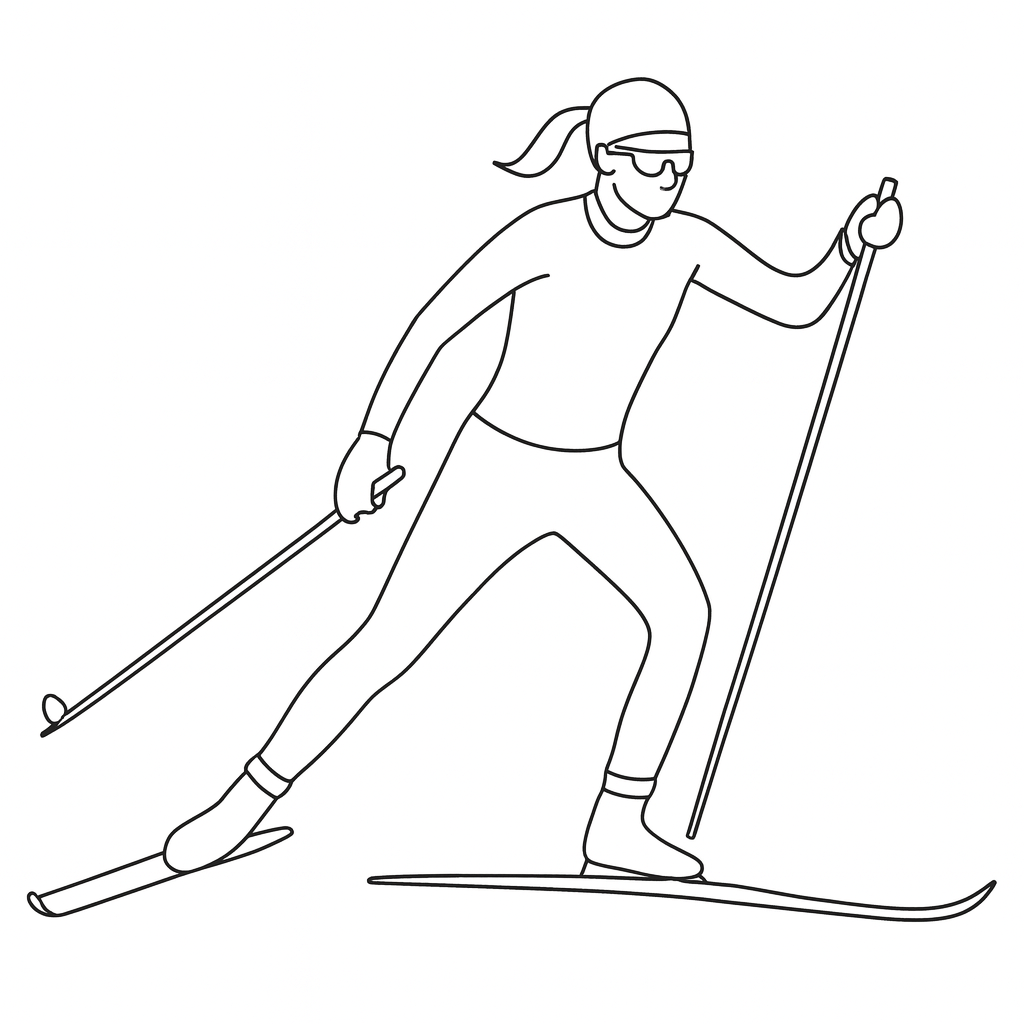
Fischer Speedmax Skate Skis: Molds, Bases, and Specs
- Speedmax 100HE Skate Plus 610 / Plus 61K / Cold 610: Replaces Helium. Bidirectional Air Core. Gliding Sidewall & Cold Base Bonding.
- Plus 610: Medium, Stiff, Xtra Stiff
- Plus 61K & Cold 610: Medium, Stiff
- Weight: 950 g (186 cm)
- Speedmax 90 Skate Plus 610 / Plus 115: Replaces 3D Plus. Air Core HM Carbon. Gliding Sidewall & Cold Base Bonding.
- 610 & 115: Medium, Stiff, Xtra Stiff
- Weight: 1,030 g (186 cm)
- Speedmax 80 Skate Plus 115 / Cold 610: Replaces RCS Skate. Air Core Carbon. Cold Base Bonding (no Gliding Sidewalls).
- 610: Stiff only
- 115: Medium, Stiff, Xtra Stiff
- Weight: 1,090 g (186 cm)
Cold–Dry Midwinter (Dec–Feb)
➤ Best choice: 610 mold, Cold (31) base
Why: While the 115 has the longest contact zones with the snow and might look like the best option for very cold, dry conditions, in soft tracks — the kind we often see in the high country — the 115 presses more at the tips and tails than the 610. So, while in medium and hard tracks, the softer flex in the 610’s tips and tails makes them ride above the snow, but in very soft, fresh midwinter snow typical of the high country, the 610’s tips and tails don’t lift — they just settle in and ride gently on top. That’s why the 610 usually glides faster than the 115 in soft snow.

610 Mold: Shortest wheelbase, soft tip and tail. Best for cold, dry snow.

61K Mold: It is basically 610 mold with a softer tail. Fastest in soft and moist snow.
Models: Speedmax 100HE Skate Cold 610; Speedmax 80 Skate Cold 610
Transition & Warm–Wet (Nov, Mar–May)
➤ Best choice: 610, 61K, or 115 mold with Plus (28) base
610/61K: Fastest in soft/wet. 115: Most stable on hard/icy tracks; popular with masters & developing skiers for forgiveness.
Models: Speedmax 100HE Skate Plus 61K; Speedmax 90 Skate Plus 115; Speedmax 80 Skate Plus 115
Classic Skis
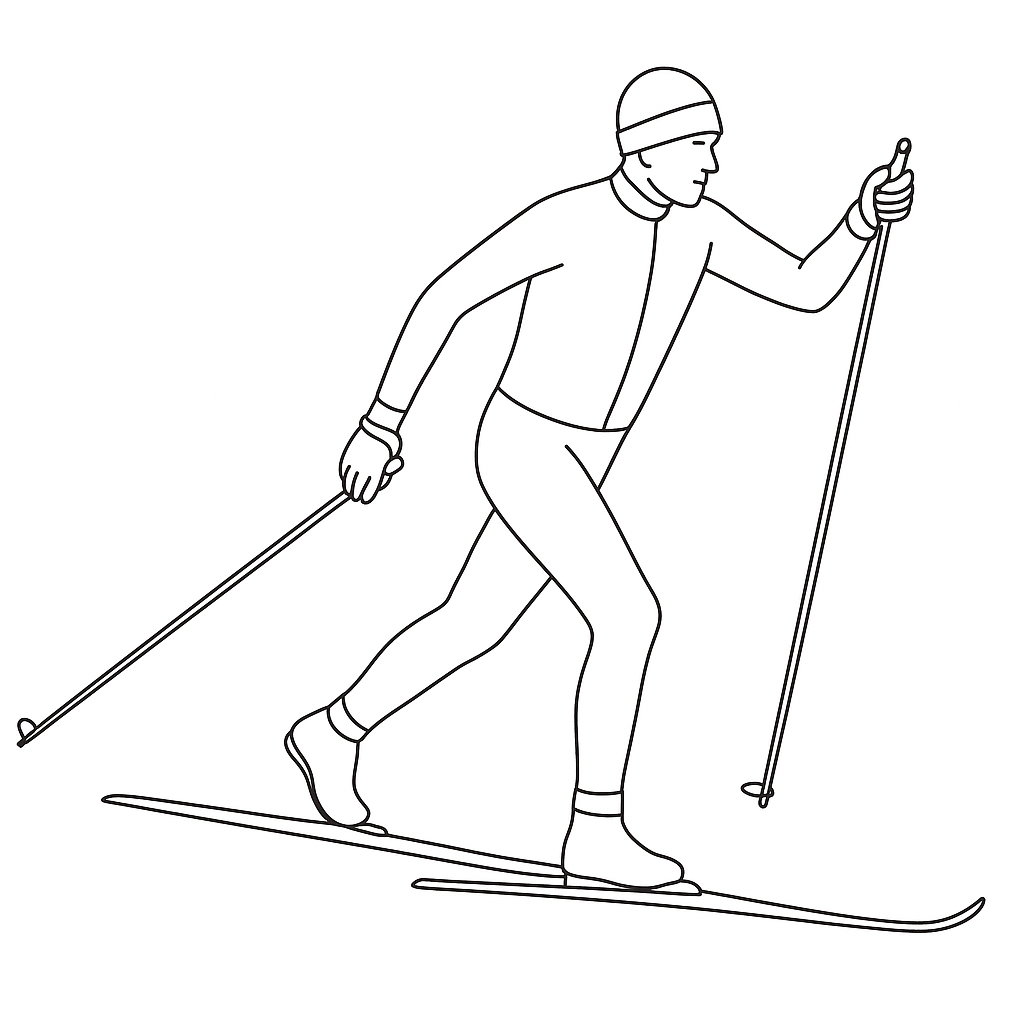
Fischer Speedmax Classic Skis: Molds, Bases, and Specs
- Speedmax 100 Classic 902 / 702: Replaces Classic Plus. Air Core HM Carbon. Gliding Sidewall & Cold Base Bonding. Soft, Medium, Stiff. Weight: 1,030 g (197 cm)
- Speedmax 100 Classic Zero: Same as 902, adds cork/rubber Zero waxless pattern. 902 mold only. Medium flex. Weight: 1,030 g (197 cm)
- Speedmax 80 Classic Plus 812: Replaces RCS Classic. Air Core Carbon. Cold Base Bonding, no Gliding Sidewall. Soft, Medium, Stiff. Weight: 1,090 g (197 cm)
Cold–Dry Midwinter (Dec–Feb)
Best choice: 702 or 902 mold, Plus (28) base
- 902: Short, high pocket, very soft tips/tails → snappy kick in firm/hard wax
- 702: Longer, lower pocket → balanced glide/kick, versatile

902 Mold: Short, high pocket with soft tip and tail.

702 Mold: Longer, lower pocket than the 902 with relatively soft tips and tails.
Transition & Warm–Wet (Nov, Mar–May)
➤ Best choice: 902 mold, Plus (28) base
902 excels in wet/klister conditions. 702/812 also viable. Zero (902) best for 32°F/slush when wax fails.
Models: Speedmax 100 Classic Plus 902; Speedmax 100 Classic Plus 702; Speedmax 80 Classic Plus 812; Speedmax 100 Classic Zero

812 Mold: Long, low pocket with firmer tips and tails. Best for hard wax conditions but quite effective in klister as well.
Man-Made Snow
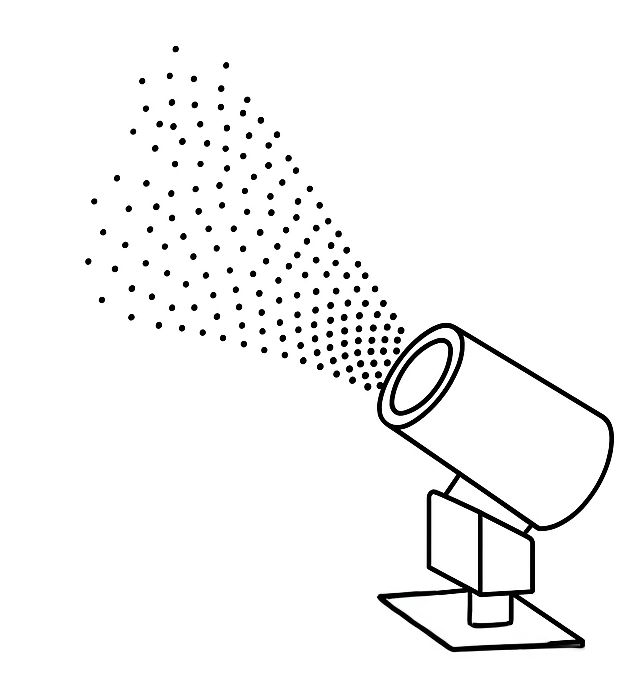
Snow Characteristics
- Man-made = fine ice, round/dense crystals
- More abrasive, wears bases faster
- Icier, compacted feel; glide shorter, less stable
- Morning: icy-fast; afternoon: wet/slushy
Skate Skis
Best choice: 610, 61K, or 115 molds; Plus or Cold base depending on moisture
610/61K: Fastest on hard man-made tracks. 115: most stable, especially for masters/developing skiers.
Models: Speedmax 100HE Skate; Speedmax 90 Skate 610; Speedmax 80 Skate Cold 610; Speedmax 90 Skate 115; Speedmax 80 Skate 115
Classic Skis
➤ Best choice: 902, 702, or 812 molds; Plus/Cold/Zero base depending on snow/temp
- 902: Soft tips/tails → best for softer waxes or warm klisters
- 702/812: Firmer tips/tails → best with hard wax/colder klisters
- Zero (902): excels in rain/wet snow near 32°F
Models: Speedmax 100 Classic 902 Plus; Speedmax 100 Classic 702 Plus; Speedmax 80 Classic 812; Speedmax 100 Classic Zero 902
Skis for Sit Skiers
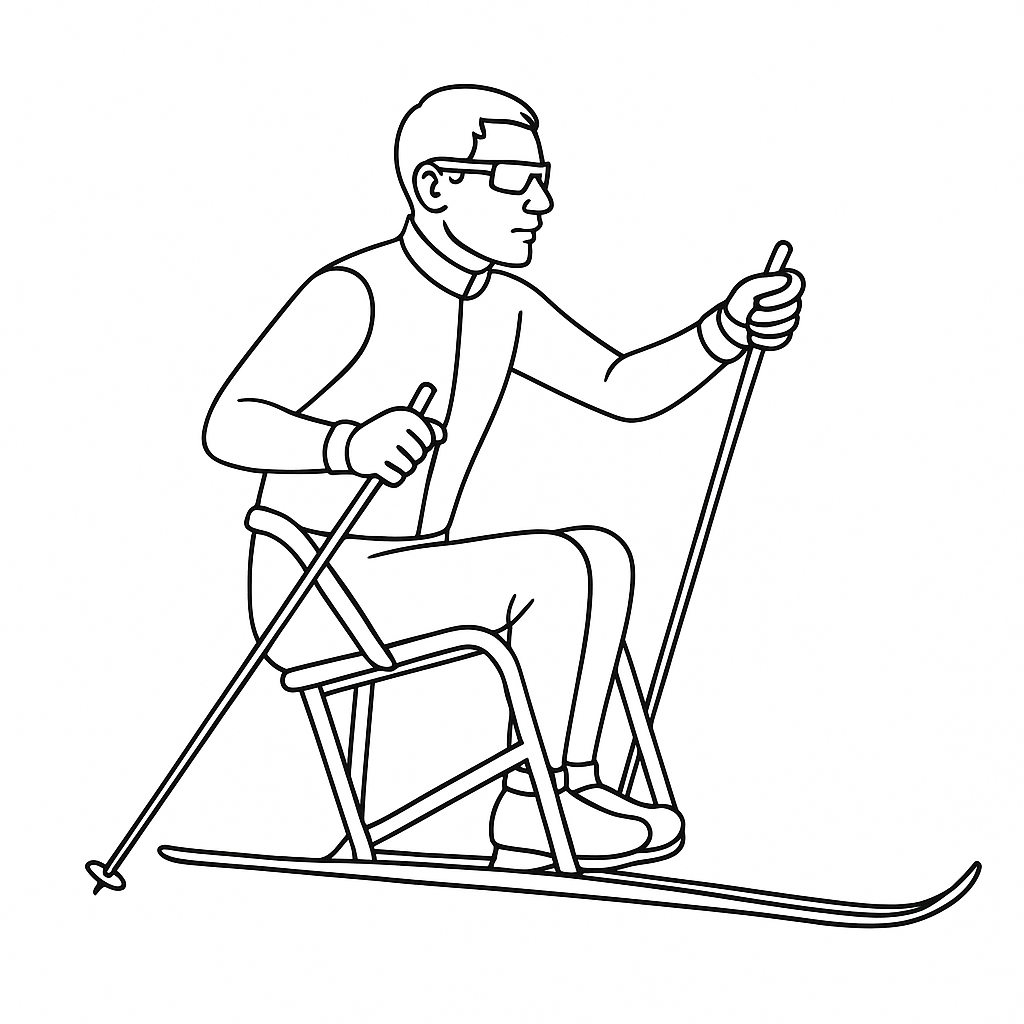
Sit skiers fully load skis (no weight transfer), so stability under constant load is key. Bases wear faster. Most sit skiers race on skate skis, though classic skis may be useful for training.
Skate Skis for Sit Skiers
- 115 mold: Longest wheelbase, stiffest tip/tail, most stable → best for constant load & torque
- 610/61K: Very fast in cold/dry, but less stable under compression. Best for lighter or technically refined sit skiers
- Bases: Cold (31) for dry winter; Plus (28) for wet or man-made
Models: Speedmax 90 Skate Plus 115; Speedmax 80 Skate Plus 115; Speedmax 100HE Skate Cold 610
Classic Skis for Sit Skiers
Generally not used in racing. If desired, pick stiff/stable (812 mold). Grip zones don’t matter since propulsion is via poles.
Man-Made Snow and Sit Skis
Abrasion magnified by full load. Recommendation: 115 mold (Plus) for stability/durability; keep Cold 610 for icy tracks.
Summary: Stability > pure glide. 115 = workhorse. Plus base for most, Cold for dry winter. Expect more base maintenance.

